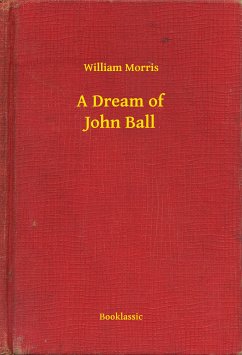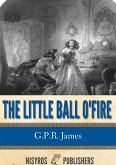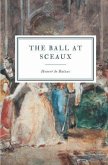A Dream of John Ball (1888) is a novel by English author William Morris about the English peasants' revolt of 1381 and the rebel John Ball. Like the novels close contemporary - A Connecticut Yankee in King Arthur's Court (1889) by Mark Twain - it describes a dream and time travel encounter between the medieval and modern worlds. However unlike Twain's vision of a violent and chaotic "Dark Age", Morris describes a positive image of the Middle Ages, seeing it as a golden, if brief, period when peasants were prosperous and happy and guilds protected workers from exploitation.
Dieser Download kann aus rechtlichen Gründen nur mit Rechnungsadresse in A, B, BG, CY, CZ, D, DK, EW, E, FIN, F, GR, H, IRL, I, LT, L, LR, M, NL, PL, P, R, S, SLO, SK ausgeliefert werden.









